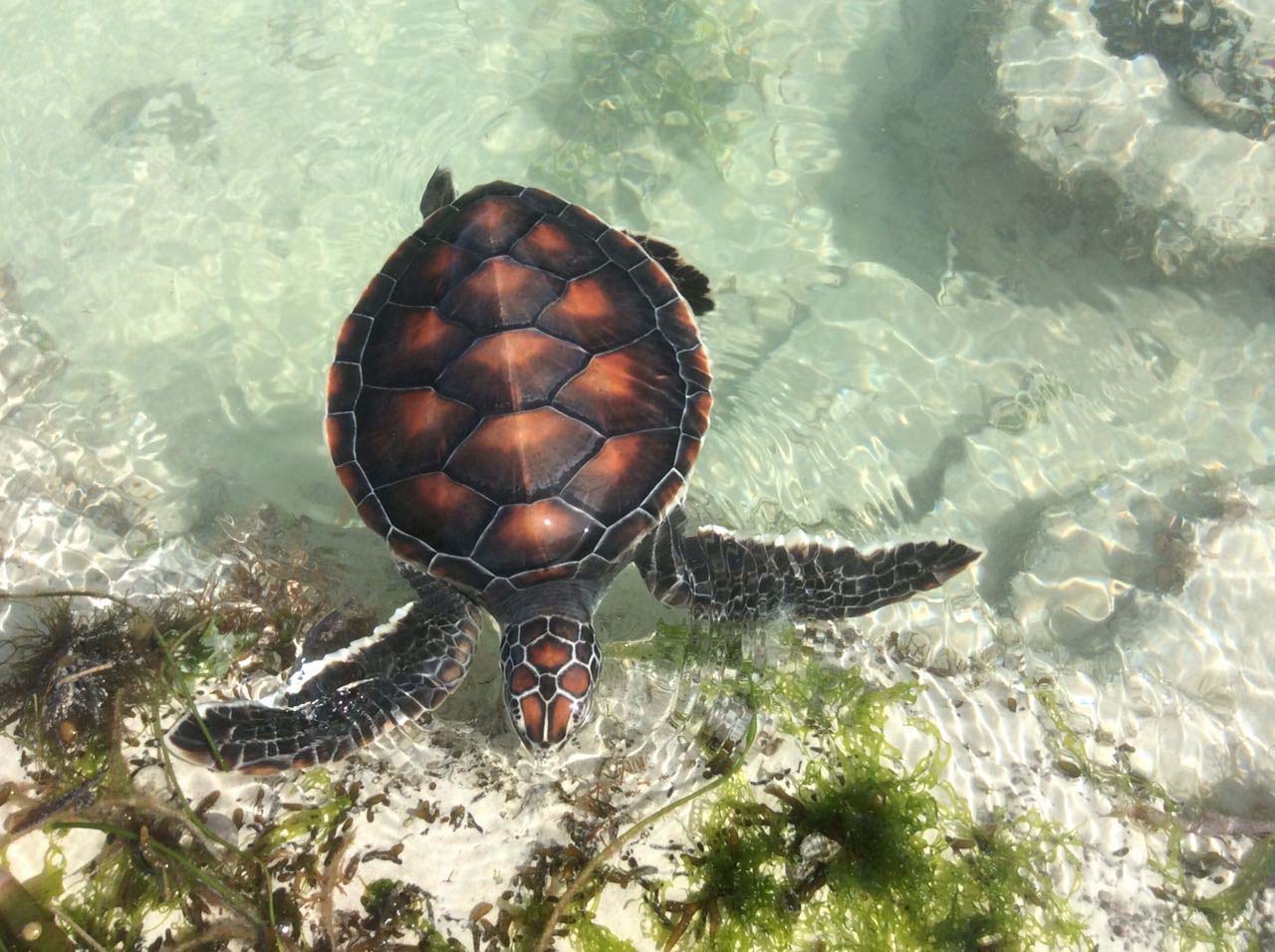Growing juvenile clams in cages
The purpose of designing cage to be undertaken is to abate identified threats from predators. Young clams are highly vulnerable to crabs (e.g. Thalamita spp., Demania spp.) that use their chelae to crush the shell valves; wrasses (Halichoeres spp.) feed on the byssus and foot of unanchored clams; and pyramidellid and ranellid snails are parasitic (Alcazar 1986). Tooth marks on the outer shell surfaces are indicative of attacks by grazing reef fish (Stasek 1965). For older clams, potential predators include eagle rays, turtles and large benthivorous fish (Bustard 1972; Govan et al. 1993), but their impact is reduced as the clams grow towards escape size (Adams et al. 1988).This is an explanation of why different cage design have been selected.
Project strategy are as follows:-
1. Collection of baseline and monitoring data and knowledge
2. Number of team and specific tasks
3. Size of cage and mesh
4. Off season monitoring
5. Site selection to transfer adult clam
Lessons learned are listed as followings:-
1.Site selection: Good lesson learned is through the importance of the approval of the local community for conservation activities. They are eyes and hear for J-Biotech's team to report any unusual activities in the conservation area. Some of the villagers voluntary dive to check and collect any clams that been toppled during monsoon.
2. Situations that might happened to clam during to monsoon season: Assumption of strong current need to put under consideration. Upon the third design implementation, we found out that previous design (2nd), 2 cages were toppled and 1 cage shifted in 5 m from original area. Some modifications have been done in strenghtening the achor of the cages, and strong ropes were tight to all four edges of the clam cages.This is to prevent from the cages from lost or shifted or toppled down to deeper area.
